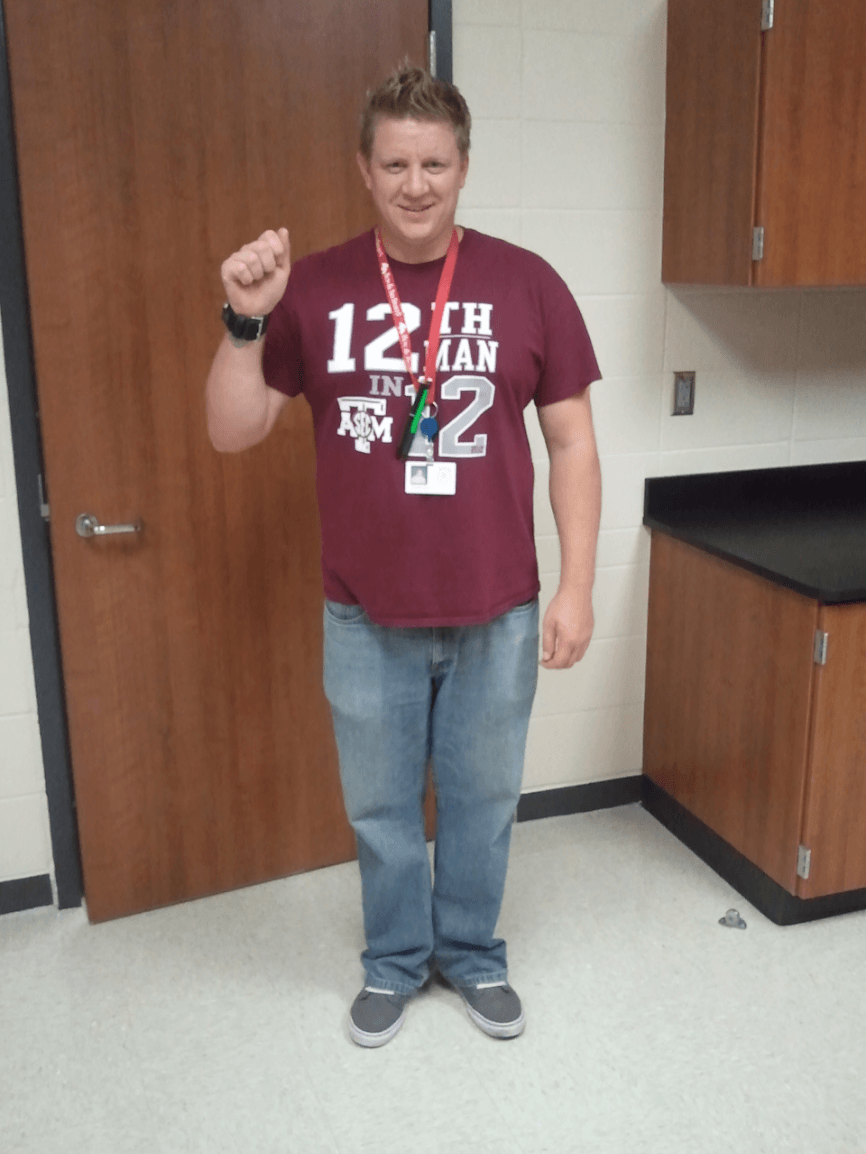What does the hand sign for the command "COME" look like?
"Come" demonstrating palm up, arm extended and pulled to hip
What do you say to the dog to remind them to accept praise appropriately (without snatching)?
"Knuckles to nose, EASY"
What is the verbal command that goes with this hand sign.

"Sit"
What are the steps we should take when accepting correction & consequences?
Eye Contact, Listen and Think, Stay Calm using Coping skills (3 deep breaths), Apologize, Move on and Leave it
When are you most likely to get off task?
When I _______? (Answers may vary)
* Have your dog show it is ready to follow instruction by having it “________”.
"Come" (Dog interaction. Student must use correct hand sign and verbal command).
The 3 ways we praise the dogs during our PAWS sessions.
What are Treats/ (tangible); Good dog/ (verbal); Pet/ (physical)?
Why is it important to know how to listen before we can learn other PAWS social skills?
W/o listening, you can’t do any of the other skills.
How does “leave it” apply to us and our dogs when corrected?
When we’re told no, or corrected, we just need to leave it alone so we can move on.
What are some things we can do to keep ourselves on task?
Discussion- should definitely include ways to block out distraction (move away, look away, used head phones, etc)
What command do we connect with the following directions and why?
“Come”
* Show that your dog can accept praise appropriately.
Dog interaction "Knuckles to nose, Easy”
*Show that the dog can listen by having it “sit”
Dog interaction, must have correct hand sign WITH verbal command "sit"
What is the difference between correction and bullying?
Discussion, I try to make sure they understand intent/ and control of emotion
Why is it important for us to learn basic skills before moving onto more challenging skills?
Discussion…I try to have them relate this to relationships, or school, the concepts of scaffolding or tiered approaches
What is the difference between following directions and obedience?
Following Directions is the step by step approach you do when told. Obedience is knowing the rules and following them
How does praise build a successful partnership?
Builds trust and motivation while teaching pawsitive behaviors.
What are the steps for listening? (Refer to the PAWS skill sign)
Key words: Eye contact, Listen and Think, Hands and Feet Still, Mouth quiet, Wait until the speaker is done
Why is it important as trainers to give correction and negative consequences for undesirable behaviors?
It teaches the dogs what they need to stop doing
* Show that your dog can stay on task by having it "stay".
Dog Interaction; Sit, stay (a ok sign), Back up 5 steps, come
Why is the ability to Follow Instructions important to a partnership?
Key words: trust, respect, safety, learning, health
Compare a dog snatching a treat from you to a person snatching a compliment.
“What about me” and “I know” bragging
Compare how the dog shows they are listening to how we show we are listening.
They sit; body is still, eye contact, thinking, and they wait until we’re done
*Show that your dog can “leave it”.
Dog interaction: Sit, step back 1 step, leave it, set down treat, leave it w/ swipe, 3 breaths, get it
What PAWS skills are required for staying on task?
All of them as long as student can explain how
BONUS 200 Give an example of how all unit 1 skills are used for staying on task in a math class.